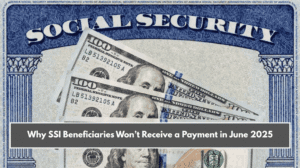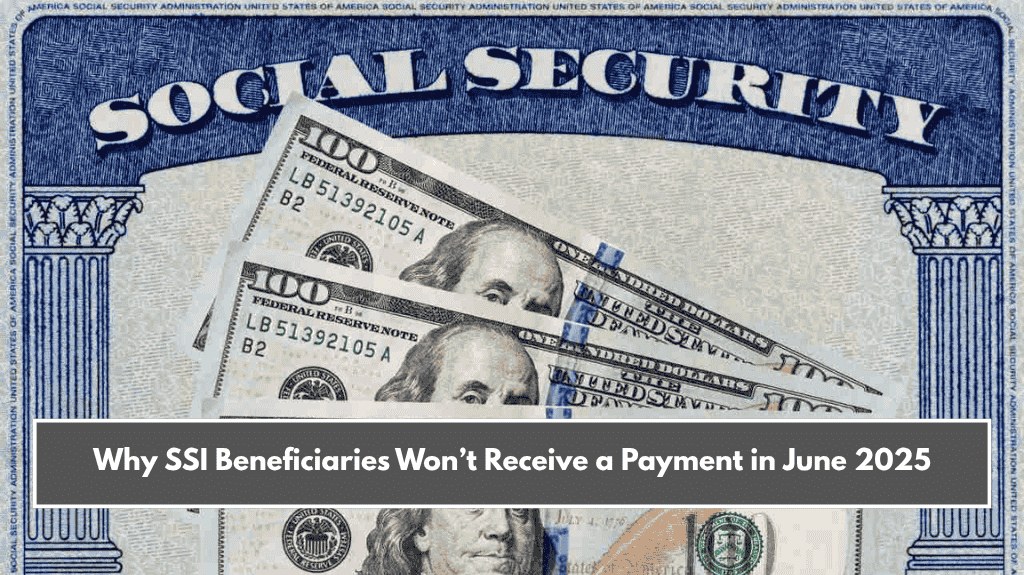Social Security Disability Insurance (SSDI) is a federal program administered by the Social Security Administration (SSA) for people with physical or mental impairments that prevent them from working for at least a year. Applicants must have a sufficient work history, measured in credits earned for years of contributions in jobs subject to Social Security taxes.
SSDI benefits include monthly payments to meet basic needs and can be extended to eligible family members, such as spouses over the age of 62 or children under the age of 18. Each application is evaluated against strict medical and employment criteria, which typically takes three to five months. Unlike other subsidies, SSDI does not limit the recipient’s financial resources.
The Social Security Administration (SSA) administers various benefit programs, including retirement and Supplemental Security Income payments, which are typically distributed on the first of each month.
Only two groups of SSDI recipients will receive payments this month
SSDI payments for April 2025 will be distributed on three separate, variable dates. Those who began the benefit before May 1997 received funds on April 3, a group that rarely has its date changed. The days 1-10 (April 9), 11-20 (April 16), and 21-31 (April 23) will be determined by their date of birth. This system aims to optimize transaction processing.
In 2025, the maximum monthly amount for SSDI beneficiaries will be $4,018. This figure is reserved for individuals who had a high and consistent income prior to becoming disabled.
In contrast, SSDI recipients receive an average benefit of approximately $1,580, reflecting differences in individual work histories. The values are adjusted annually based on the Consumer Price Index for Urban Workers and Clerical (Office) Employees (CPI-W).

How does the SSA calculate disability benefits?
Individual calculations take into account the applicant’s 35 years of highest earnings, excluding the five years of lowest earnings. Those who do not complete 35 years of service have their final compensation reduced. Eligible family members can receive up to 50% of the main benefit, but no more than 180% of the total combined.
When an SSDI beneficiary reaches Full Retirement Age (FRA), which is typically 67 years old, their payments are converted into retirement payments: while SSDI payments are not permanent, retirement payments are permanent and lifetime.
The SSA laid off a large number of officials: are payment deliveries affected?
As part of its transition to digital services, the SSA will cut 12% of its workforce and close 27 local offices in 2025. Although the amounts do not change, organizations warn of potential delays in procedures and increased difficulty in obtaining in-person assistance. The Social Security Administration insists that payments will be made on time.
All of this was done at the request of President Donald Trump and his “super secretary” of the Department of Government Efficiency (DOGE), Elon Musk, who offered pro bono to cut hundreds of billions of dollars from federal spending in order to make the United States federal government more efficient and less expensive for taxpayers.















